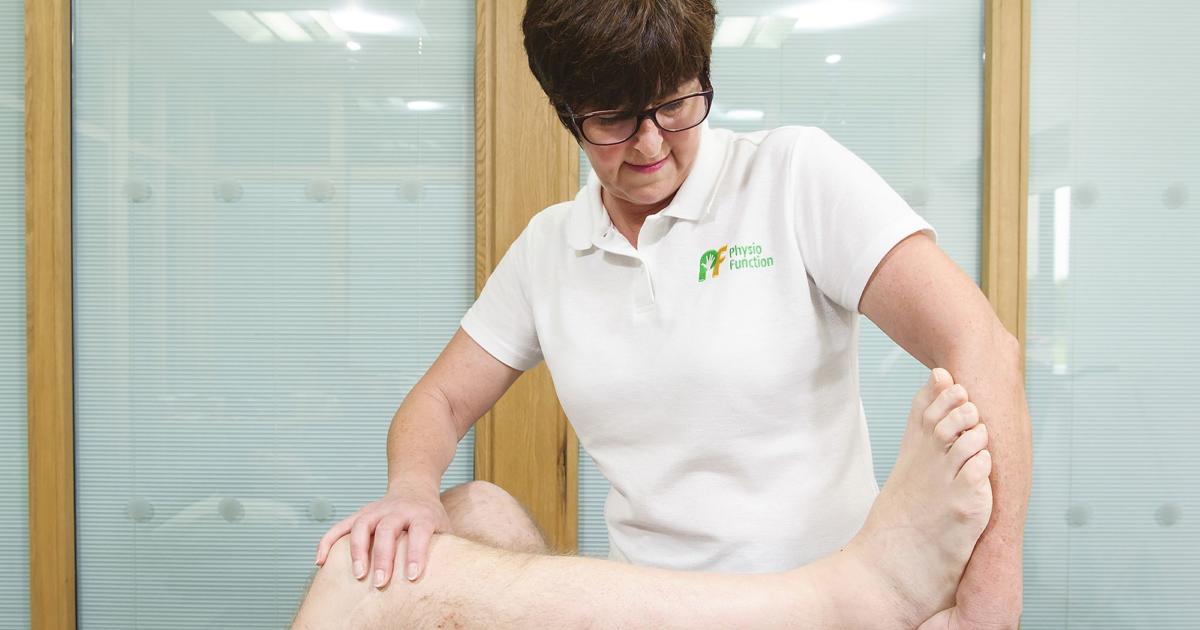Warning Signs Of Devic's Disease
Devic's disease is also known as neuromyelitis optica, and the symptoms sometimes cause the illness to be mistaken for multiple sclerosis. Unlike multiple sclerosis, though, in Devic's disease, the immune system specifically attacks the optic nerves. Similarly to multiple sclerosis, there are also concentrated attacks on the spinal cord. Attacks on each system are sometimes separate or simultaneous.
Some patients only have spinal cord problems, while others only have optic nerve problems. Even though this presentation doesn't include both traditionally affected areas, the patient still has Devic's disease. Research suggests Devic's disease is caused by the immune system attacking the molecule aquaporin 4. Many conditions can be a warning sign of underlying Devic's disease.
Transverse Myelitis

Transverse myelitis occurs when both sides of a certain section of a patient's spinal cord become inflamed. This neurological disorder can cause heavy damage to the spinal cord. The nerve cells in the spine are covered by an insulating material called myelin, and flareups of transverse myelitis often damage this insulation. Transverse myelitis causes disruptions to the messages sent from the spinal nerves through the body.
Symptoms vary, but individuals commonly experience pain, bladder dysfunction, bowel dysfunction, sensory problems, paralysis, and muscle weakness. Devic's disease is one of the illnesses linked to transverse myelitis, though there are a number of other immune system disorders that cause the immune system to attack healthy tissue. Infections can also play a role.
Spinal Cord Dysfunction

Devic's disease often comes with some form of spinal cord dysfunction. The immune system concentrates its attacks on the spinal cord, doing its best to damage the nerves and interrupt nerve signals. The spinal cord dysfunction may also be linked to transverse myelitis even in patients who don't have Devic's disease. Transverse myelitis flareups cause interruptions in the nerve signals. Instead of having messages travel from the spinal cord to the muscles, and then having the muscles respond, patients may find their sensory perception and mobility are both altered.
Some individuals experience numbness in their limbs and an increased sensitivity to temperature. It's also common for the limbs to feel weak and heavy. In severe cases, this can lead to complete paralysis. Some patients may find their urination patterns changing, including frequent urination, incontinence, and difficulty urinating. Similarly, patients may experience constipation or fecal incontinence.
Optic Neuritis

Optic neuritis is a condition in which the optic nerve becomes damaged and inflamed. This bundle of nerve fibers is responsible for transmitting an individual's visual perception from the eye to the brain. It's common to experience temporary loss of vision in one eye or pain during flareups. Because optic neuritis is also commonly associated with multiple sclerosis, it can be even more difficult to distinguish between multiple sclerosis and Devic's disease. In fact, in the past, researchers believed Devic's disease was a rare form of multiple sclerosis.
Only recent research has indicated it's a different disease that simply behaves similarly. Optic neuritis can occur if there's an infection in the optic nerve. It can also occur with a number of autoimmune diseases, Devic's disease included. Some patients have only one episode, and most of them recover their vision with time. Steroid medications might speed the recovery of a patient's vision after a flareup.
Spastic Weakness of Limbs

A spastic weakness of the limbs is different from general muscle weakness or feelings of weakness in the body. In the medical world, spasticity refers to an unusual disruption in the patterns of muscle movement. This disruption causes muscles to contract suddenly and simultaneously. Spasticity is a factor in many neurological and autoimmune diseases. Like every other symptom thus far, it's both an indicator of multiple sclerosis and Devic's disease. Some patients benefit from physical therapy and individualized stretching exercises.
However, this won't necessarily help when the cause of the spasticity is the nerves, not the muscles. There are several medical therapies available to help with spasticity. When patients experience limb weakness accompanied by random spasticity, it's a sign the spinal cord is not able to deliver messages to the muscles. Since the complex system of nervous system input and muscle movement isn't functioning, the muscles fail to work like they're supposed to, tensing all at once.
Loss Of Vision

Vision loss is a symptom that occurs when the optic nerve has become too inflamed or damaged to continue sending messages to the brain. Patients with Devic's disease are more likely to experience vision loss than those with multiple sclerosis. Vision loss can often occur in one eye during episodes of optic neuritis, since the optic nerve is unable to keep transmitting when it's attacked and inflamed.
Most patients recover their vision after an optic neuritis flareup. However, if the immune system continues its chronic attacks on the optic nerve, there's the potential some damage will be permanent. Because of this, it's important to get an evaluation and diagnosis. If the condition is caused by an underlying autoimmune disease, whether it's due to multiple sclerosis, Devic's disease, or another illness, it's important to treat the immune system rather than just the symptoms.
